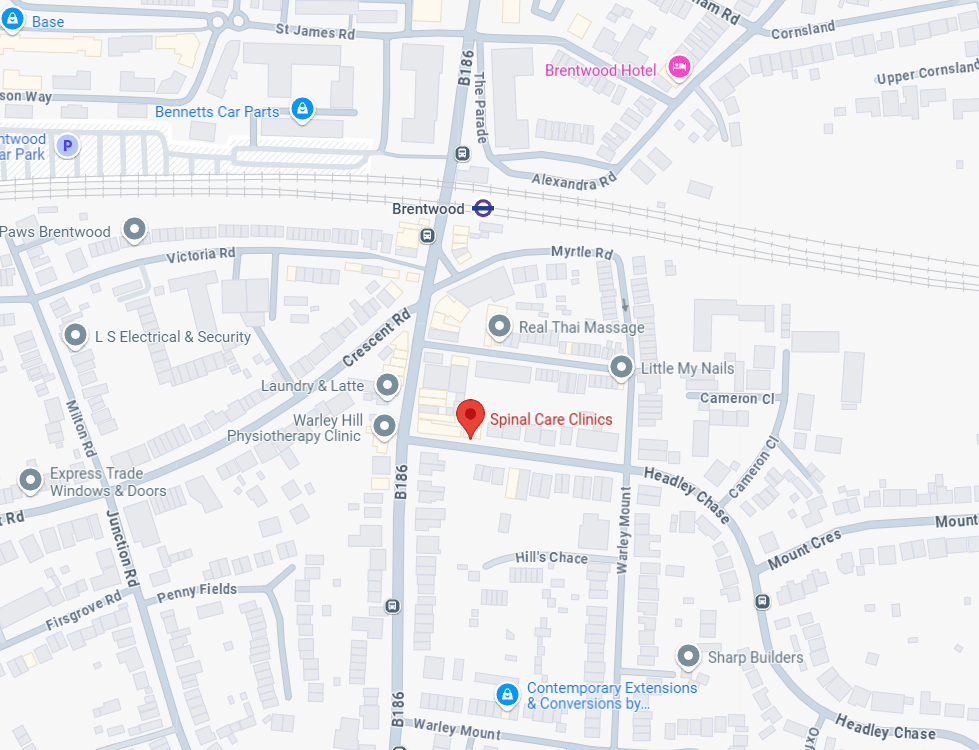Did you have any idea that sitting for long periods of time could be so bad for you. Many of us work at desks and computers everyday, so it’s important to know what sort of impact this could be having, and what you can do about it…
Sitting will switch off your glute (butt) muscles:
A Former NASA scientist compared sitting in a chair for prolonged periods to being weightless in space. This is due to the fact that the muscles, bones, joints and other tissues aren’t supporting themselves naturally any longer.

Abdominal muscles become weaker:
Your abdominals usually help hold you upright, but when you sit back in a chair they no longer have to work. Your abs will quickly lose their tone and strength with prolonged sitting.
Hip mobility will reduce:
Hip mobility and functionality is critical to all basic human movement patterns. Your hips provide stability and balance, and lack of mobility here is one of the major causes of serious injury.
Frequent prolonged sitting will increase the risk lower back pain:
Sitting in chairs shortens/tightens the hip flexors; in particular the Psoas Major muscle. When this muscle is tightened from sitting too much, it pulls on its attachment site at the lumbar spine and will create a misalignment.
Circulation is reduced:
When sitting for too long, the arteries can become constricted, impeding blood flow to the legs. Poor circulation can increase the risk of conditions such as varicose veins or blood clots (DVT).
Poor digestion:
Sitting compresses the contents of the abdominal cavity; therefore digestion can become sluggish and bowel movements slow down. This can contribute to bloating, cramping, constipation, heartburn and dysbiosis (imbalances in gut bacteria).
Brain function/mood:
With less movement, there will be less oxygenated blood to the brain, resulting in slowing of brain function and a reduction in release of mood enhancing chemicals (normally triggered by the brain)
 So what can you do about it?
So what can you do about it?
- GET MOVING! Keep moving through the day as much as possible.
- If you have to sit all day, make sure you take time to get up and walk around and stretch
- Practice the squat position. If you struggle, use something to help you balance as you practice such as a Swiss ball against the wall or holding a dowell.
- Do mobility exercises for the muscles that are tight, particularly around the hips and ankles
- Make sure you do everything above daily – make it a daily habit to squat, exercise and move.

 So what can you do about it?
So what can you do about it?